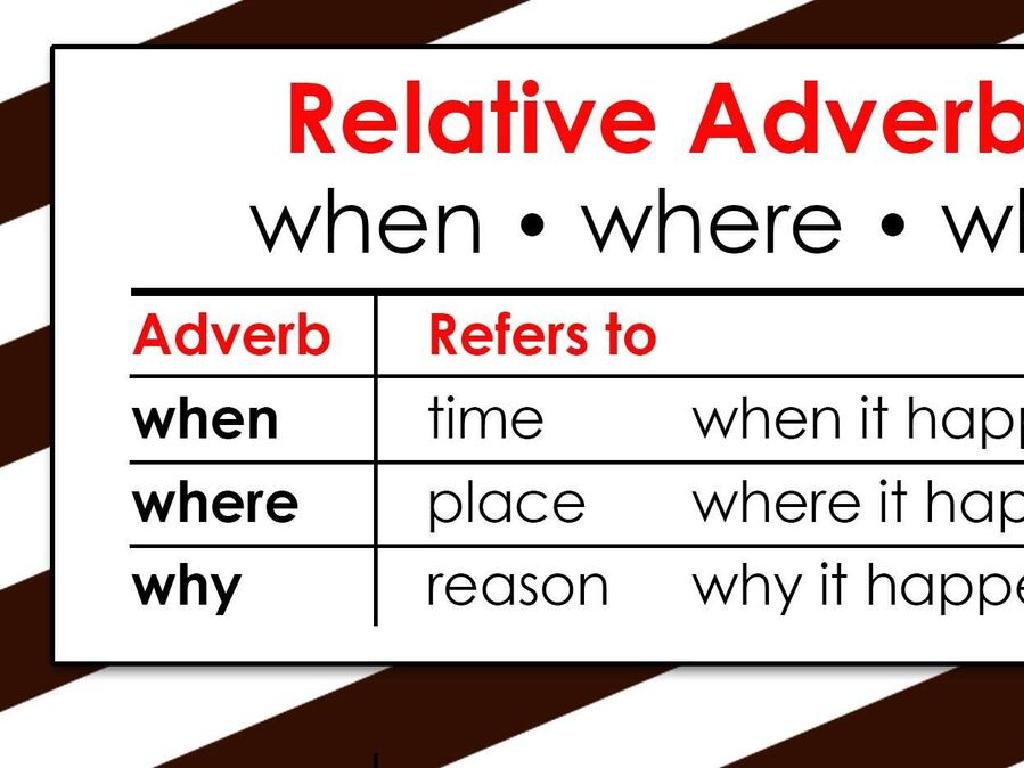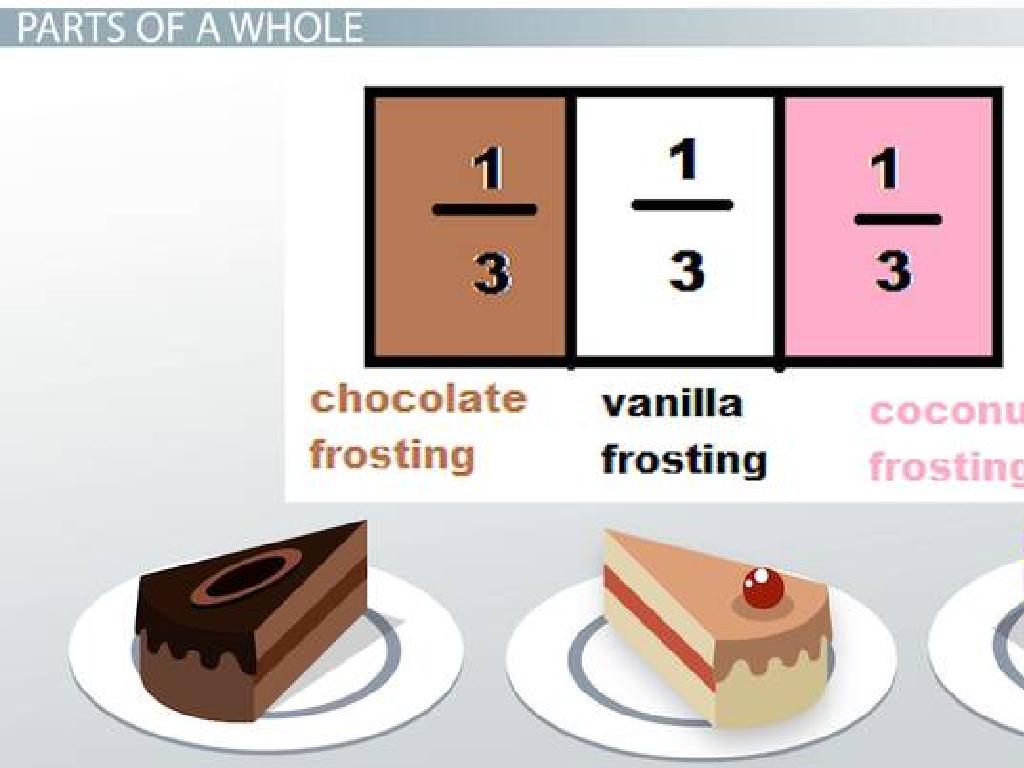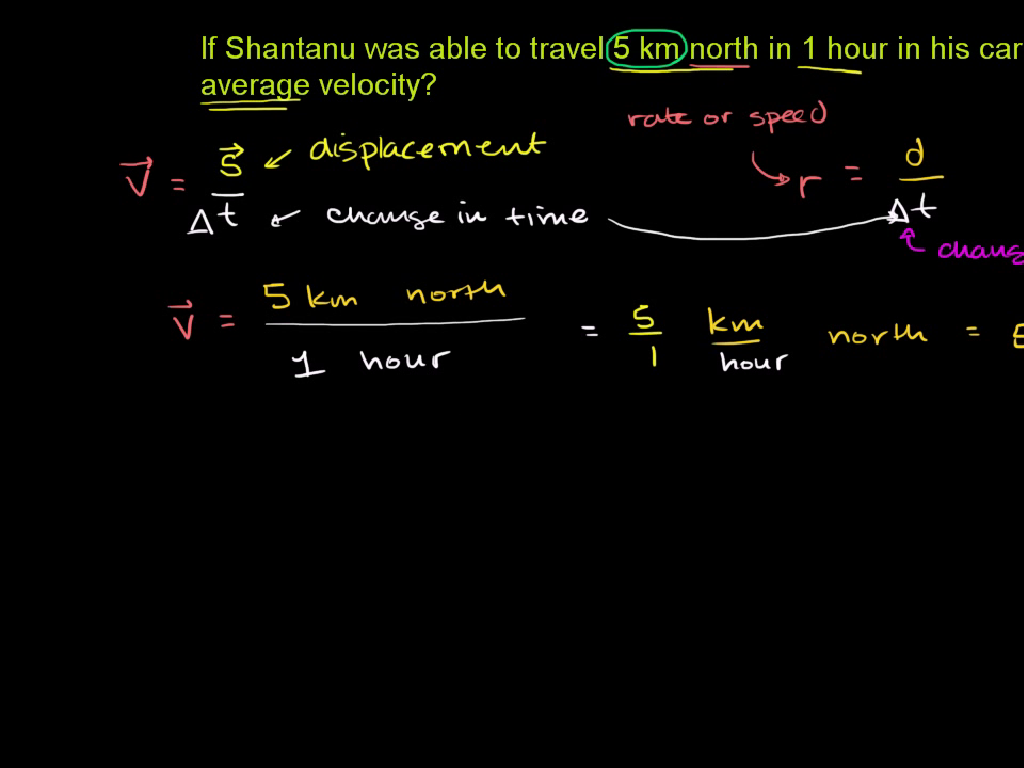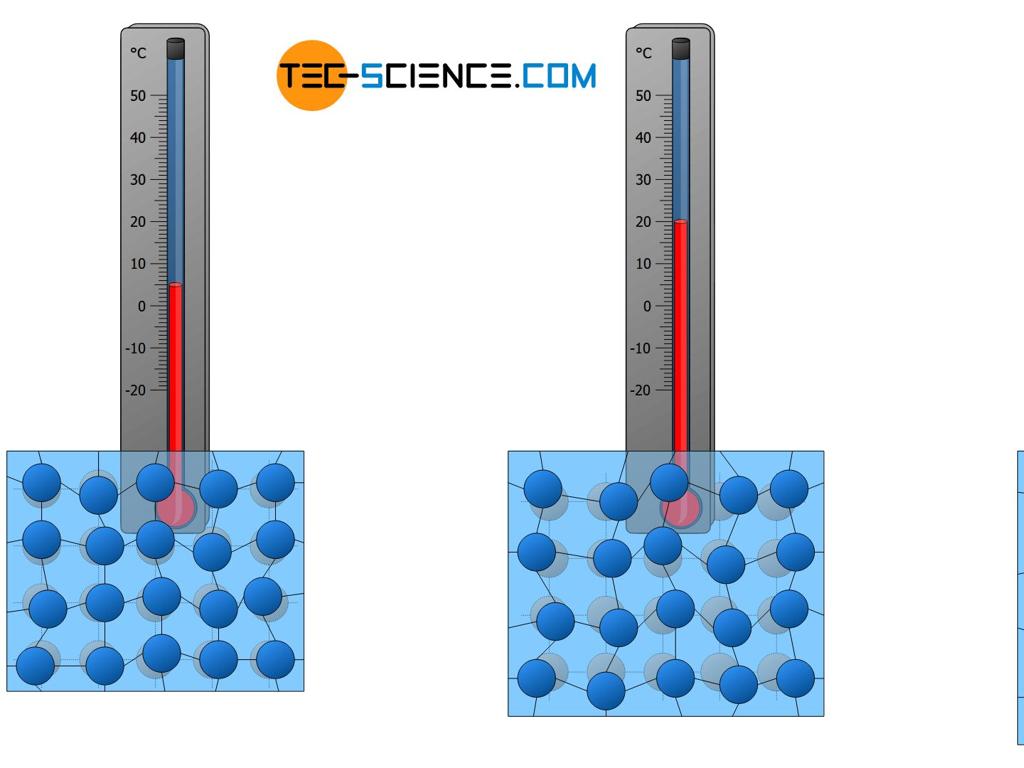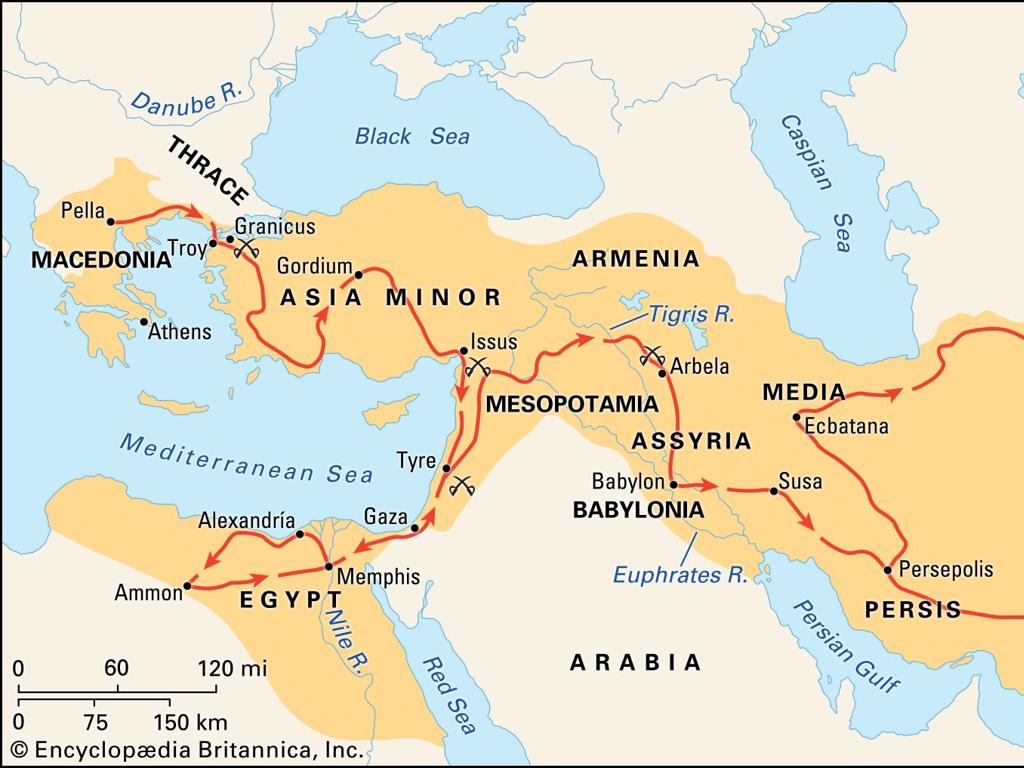Find The Missing Side Length Of A Rectangle
Subject: Math
Grade: Third grade
Topic: Area
Please LOG IN to download the presentation. Access is available to registered users only.
View More Content
Area Adventure: Becoming Area Detectives
– Greet our young detectives
– Today’s mission: Area
– Finding a rectangle’s missing side
– If we know the area and one side, we can find the other side
– Use area to solve mysteries
– Example: Area is 20 sq units, one side is 4 units, what’s the other side?
|
Good morning, brilliant minds! Welcome to today’s math adventure where we will become Area Detectives. Our mission is to understand how to find the missing side of a rectangle when we know the area. We’ll learn that by multiplying the length and width of a rectangle, we find its area. If we know the area and one side’s measurement, we can divide to find the missing side. For example, if a rectangle’s area is 20 square units and one side is 4 units, the missing side would be 5 units because 20 divided by 4 equals 5. Encourage the students to think like detectives and use their problem-solving skills to figure out the missing measurements. Prepare a few examples with different areas and one known side for the students to practice.
Exploring Area: Finding Missing Sides of a Rectangle
– Area is surface size
– Think of area like the space a rug covers on the floor.
– Measured in square units
– Like square inches (in²) or square feet (ft²).
– Multiply length by width
– If a rectangle is 4 ft by 3 ft, its area is 4 ft x 3 ft = 12 ft².
– Find missing side lengths
– Use the area to find a missing side if you know one side.
|
This slide introduces the concept of area to third-grade students, explaining it as the size of a surface. Use everyday examples like the floor space covered by a rug to make the concept relatable. Emphasize that area is always measured in square units, and demonstrate this with real-life objects (e.g., tiles). Show how to calculate the area of a rectangle by multiplying its length and width. Then, guide students on how to rearrange the area formula to find a missing side length when the area and one side length are known. For example, if the area of a rectangle is 12 ft² and one side is 4 ft, the missing side length is 12 ft² ÷ 4 ft = 3 ft. Include practice problems for students to solve.
Exploring Rectangles: Finding Missing Sides
– Rectangles: 2 lengths, 2 widths
– Opposite sides are always equal
– Area formula: Length x Width
– If we know the area and one side, we can find the other side
– Solve for missing side
– Example: Area is 20 sq units, width is 4 units, what’s the length?
|
This slide introduces the basic properties of rectangles and the formula for calculating their area. Emphasize that rectangles have four sides with opposite sides being equal in length. The area of a rectangle is found by multiplying the length by the width. When one side length is missing, students can use the area and the known side length to find the missing dimension. For example, if the area is 20 square units and the width is 4 units, students can divide the area by the width to find the length, which in this case would be 5 units. Encourage students to practice with different rectangles and areas to become comfortable with this concept.
Finding the Missing Side of a Rectangle
– Understanding area of a rectangle
– Area is length times width of a rectangle
– Playing detective with rectangles
– Like a detective, we use clues to solve for the missing side
– Dividing area by the known side
– Use division to find the unknown side when area and one side are known
– Discovering the missing length
– Practice with examples to master finding the missing side
|
This slide is aimed at helping third-grade students understand how to find the missing side length of a rectangle when they are given the area and the length of one side. Start by explaining the concept of area as the amount of space inside the rectangle, which is calculated by multiplying the length by the width. Emphasize the process of ‘playing detective’ by using the clues given (the area and one side length) to find the missing side. Demonstrate the division process with an example, such as if the area is 20 square units and one side is 4 units, the missing side would be 20 divided by 4, which equals 5 units. Provide several practice problems for the students to solve, ensuring they understand the concept thoroughly.
Let’s Practice Together: Finding Missing Sides
– Start with rectangle area
– Area is 20 square units
– Know one side’s length
– One side is 4 units long
– Divide area by known side
– 20 divided by 4 equals?
– Discover the missing side
– The other side is 5 units!
|
This slide is an interactive class activity to help students understand how to find the missing side length of a rectangle when given the area and one side’s length. Start by explaining that the area of a rectangle is found by multiplying the length and width. If we know the area and one side, we can find the missing side by division. Use the example provided to walk through the process step by step. 20 (area) ÷ 4 (known side) = 5 (missing side). Encourage students to solve it together and then provide additional examples for them to try. Possible activities include using manipulatives to build rectangles with a certain area, drawing rectangles on grid paper, or using word problems that incorporate this skill.
Your Turn to Investigate: Finding Missing Sides
– Receive a worksheet with rectangles
– Use detective skills for missing sides
– Think like a detective: What’s the clue?
– Recall: Area ÷ Known Side = Missing Side
– If a rectangle’s area is 20 sq units and one side is 4 units, the missing side is 20 ÷ 4 = 5 units.
– Solve for the unknown with confidence
|
Hand out worksheets with various rectangles, each missing a side length. Students will apply their knowledge of area to find the missing dimensions. Remind them of the formula for the area of a rectangle (Area = length × width) and how to rearrange it to find a missing side (Missing Side = Area ÷ Known Side). Encourage them to think critically and use problem-solving skills. For example, if the area is given and one side length is known, they can divide the area by the known side to find the missing side. Provide guidance as needed and ensure they understand the concept of division in this context. This activity will help solidify their understanding of area and how to manipulate the formula to find missing measurements.
Class Activity: Area Art!
– Create a collage with rectangles
– Label area and side lengths
– Write the area inside, and side lengths outside each shape
– Find the missing side lengths
– Use the formula area = length x width to solve
– Display your colorful art
|
This activity is designed to help students apply their knowledge of area in a fun and creative way. Provide students with construction paper to create a collage of rectangles with different areas. They should label each rectangle with its calculated area and the lengths of two sides. Then, challenge them to find the missing side length for each rectangle using the formula for the area of a rectangle (area = length x width). Encourage creativity in their collage designs and ensure they understand how to rearrange the formula to find the missing measurement (e.g., width = area / length). After completing their collages, students can present their artwork and explain how they found the missing side lengths. This will reinforce their understanding and allow for assessment of their grasp of the concept.
Area Detectives: Mission Accomplished!
– Congratulations, Area Detectives!
– Mastered missing side discovery
– You can find the missing length or width when you know the area and one side
– Practice makes perfect
– The more you practice, the faster you’ll solve area problems
– Ready for more area adventures?
|
This slide is meant to congratulate the students on their hard work and to reinforce the skills they’ve learned in finding the missing side length of a rectangle given the area. It’s important to encourage them to continue practicing these skills to become more confident and proficient. Remind them that understanding area is not just a math skill, but a tool they can use in real life, such as when planning a garden or arranging furniture. Suggest that they practice by finding areas of objects around their home or school. Celebrate their progress and let them know that they are well on their way to becoming area experts.

